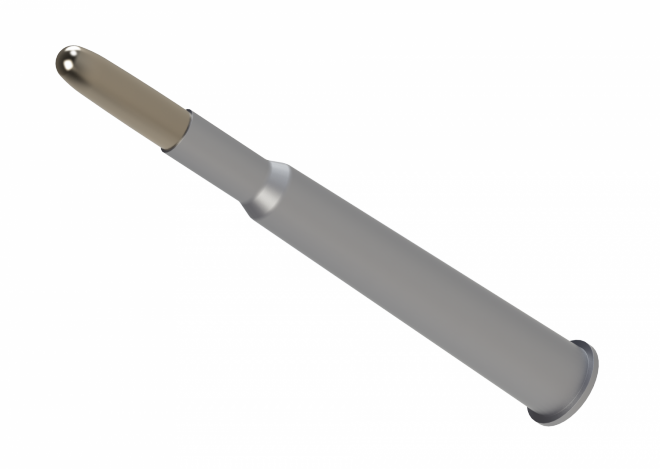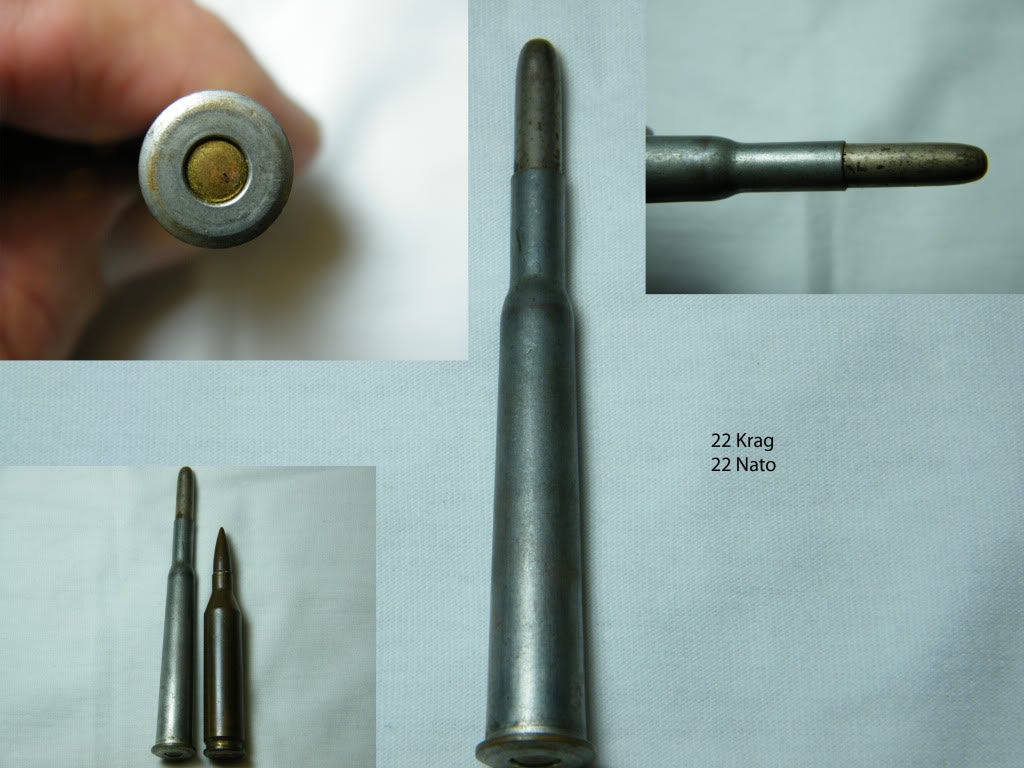What was the first military .22 caliber high velocity infantry rifle round ever developed? Many would name the 5.56mm round designed in the 1950s to that title, but that would be incorrect. In truth, it’s probably impossible to know for sure due to the large number of obscure and even totally forgotten experimental rounds in history, but a very interesting candidate for this title was a development of the United States Army in the last decade of the 19th Century, designed at Springfield Armory in late 1894. The round’s official name was “0.22 Inch Caliber Cartridge for Experimental Arm”, but it has subsequently been called the “.22 Krag”, or “.22 1895 Experimental” by the small circle of ammunition collectors aware of its existence.
The round was the result of a directive from the Chief of Ordnance, a Brigadier General named Daniel W. Flagler, in either 1893 or early 1894 (sources conflict exactly when the order was handed down). It was to be followed by a .20 caliber experimental round, but that was never fabricated as experiments with the .22 caliber version proved unsuccessful. A primary source related to the development of this ammunition is the 1895 Annual Report of The Chief of Ordnance, which reads:
In accordance with the instructions of the Chief of Ordnance of March 6, 1894, the manufacture of a few experimental arms of caliber less than .30-in has been commenced.
The caliber selected were .22 and .20 inch; both to be rifled with four grooves, the twist of the first to be 6 inches and of the second 5.5 inches.
Four barrels of each caliber have been bored and turned and are ready for chambering and rifling. Cartridge shells and bullets for the .22-inch caliber have just been furnished, made at Frankford Arsenal on data worked up at this Armory by Lieutenant Dickson, Ordnance Department. These barrels can now be completed and assembled to the mechanism of the .30-inch caliber rifle for trial. Upon the results of this caliber will be based the chamber and cartridge for the .20-inch caliber.
The object of these experiments is to determine what advantage, if any, may exist in the further reduction of the caliber of the military rifle.
The .22 1895 Experimental was an extremely potent little round, firing a 120gr cupronickel-plated steel jacketed lead round nosed projectile at a (for the time) blistering 2,600 ft/s from the modified Krag–Jørgensen rifle. However, as History of Modern U.S. Military Small Arms Ammunition, Vol. I points out, the .22 1895 Experimental was not deemed successful for whatever reason, and no record exists of the .20 caliber variant ever having been produced.
Even though only 250 rounds of .22 1895 Experimental were ever produced, some still do exist in collector hands, although they are incredibly rare. One, in the possession of IAA Forum poster stevesummers, is shown below:
 Your Privacy Choices
Your Privacy Choices

